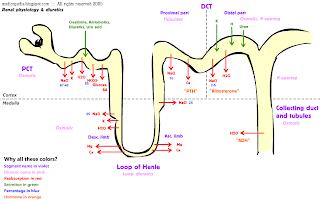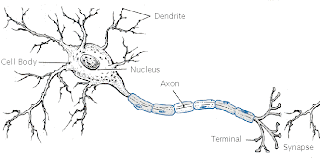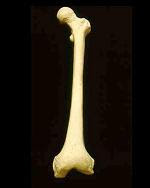
Fanconi syndrome refers to a proximal tubular disorder. This is where amino acids, glucose, uric acid, phosphate, bicarbonate, and also Na, K, and water are primarily reabsorbed. You can imagine if cells get damaged here, an individual will spill glucose, uric acid, and amino acids, and bicarbonate in their urine. These can be measured, and are essential in the diagnosis of this condition. Because bicarbonate is not being fully resorbed, much of it spills over into the urine. This loss of bicarbonate leads to a metabolic acidosis (with a normal anion gap) - hence, there is a Renal Tubular Acidosis, also known as Type 2 or Proximal renal tubular acidosis.
Who gets Fanconi syndrome? Patients with multiple myeloma, amyloidosis, hereditary causes, Wilson's disease, heavy metal poisoning, and medications like tenofovir, aminoglycosides, and some chemotherapeutic agents like cisplatin, ifosfamide, and 6-mercaptopurine.
Here is a good article on the physiology of acid-base balance: http://content.nejm.org/cgi/content/full/339/12/819
Who gets Fanconi syndrome? Patients with multiple myeloma, amyloidosis, hereditary causes, Wilson's disease, heavy metal poisoning, and medications like tenofovir, aminoglycosides, and some chemotherapeutic agents like cisplatin, ifosfamide, and 6-mercaptopurine.
Here is a good article on the physiology of acid-base balance: http://content.nejm.org/cgi/content/full/339/12/819














